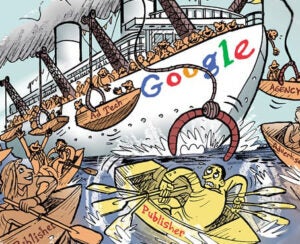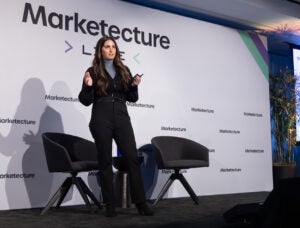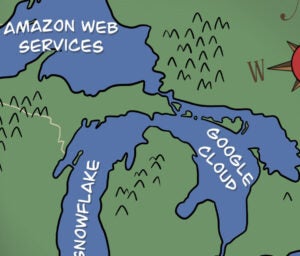 The long-rumored demise of Facebook’s desktop FBX will finally arrive.
The long-rumored demise of Facebook’s desktop FBX will finally arrive.
The social media giant will shut off its desktop retargeting tool Nov. 1. Partners buying through the FBX API will have to use a different one, said Matt Idema, Facebook’s VP of product monetization. Current partners include AppNexus, Criteo, AdRoll and MediaMath, among others.
“FBX was built as a retargeting tool for desktop and, over the years, consumer use of Facebook has shifted more and more to mobile,” said Idema. Back in 2012, mobile contributed 41% to Facebook’s $1.6 billion ad business. In its latest earnings call, mobile was 82% of its $5.2 billion ad revenue.
As Facebook homed in on mobile, it introduced products like Dynamic Ads and native mobile ad formats. “These capabilities have worked really well for clients that want to do retargeting on the Facebook family of apps,” Idema said.
Eric Eichmann, CEO of retargeter Criteo and an FBX partner, noted that Criteo has seen the mobile migration as well.
“FBX has been a very successful platform for us and, over the past year, as we have seen consumers increasingly move to purchase and browse on mobile devices, Dynamic Ads have increased to become a more significant part of our mix,” he said.
Idema emphasized that retargeting – both on mobile and desktop – can be accomplished through the Dynamic Ads product or through Facebook’s CRM matching program, Custom Audiences, which are available through Facebook’s ad management interfaces.
Although FBX was a big deal when it came out in 2012, Facebook gradually downplayed its importance. Even as soon as a year after its introduction, COO Sheryl Sandberg said on an earnings call that FBX was “actually a very small part of our business.”
Despite insisting it had no plans to end FBX, Facebook downsized the program in February 2015, when it dropped more than half of its partners – a move many industry insiders interpreted as Facebook’s attempt to gradually move buyers onto its own technology – namely retargeting via Facebook’s built-in ad platform or via Facebook APIs.
But Facebook denies that it’s raising the walls of its garden.
“I would go back to the API being open,” Idema said. “The ad buying API is an open API, so partners and clients can use it directly to buy from the Facebook ad suite.”












